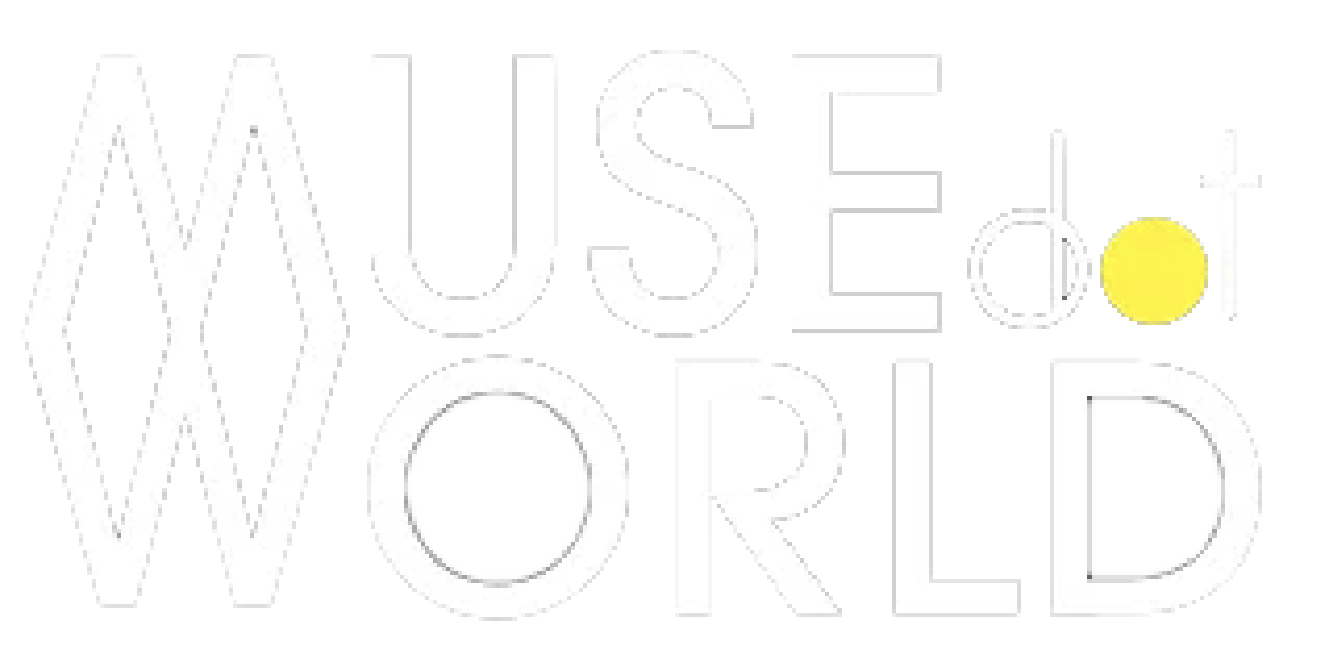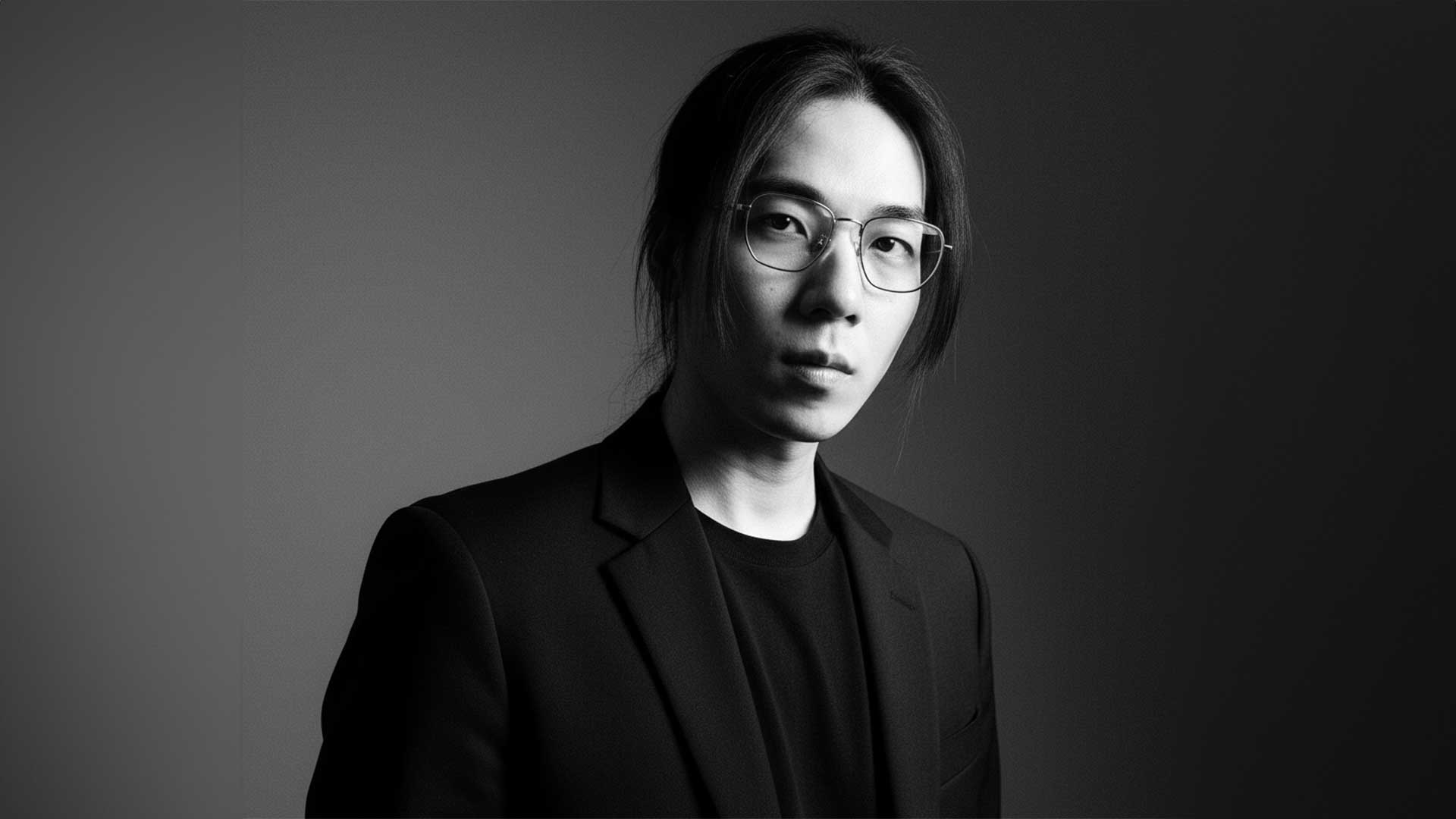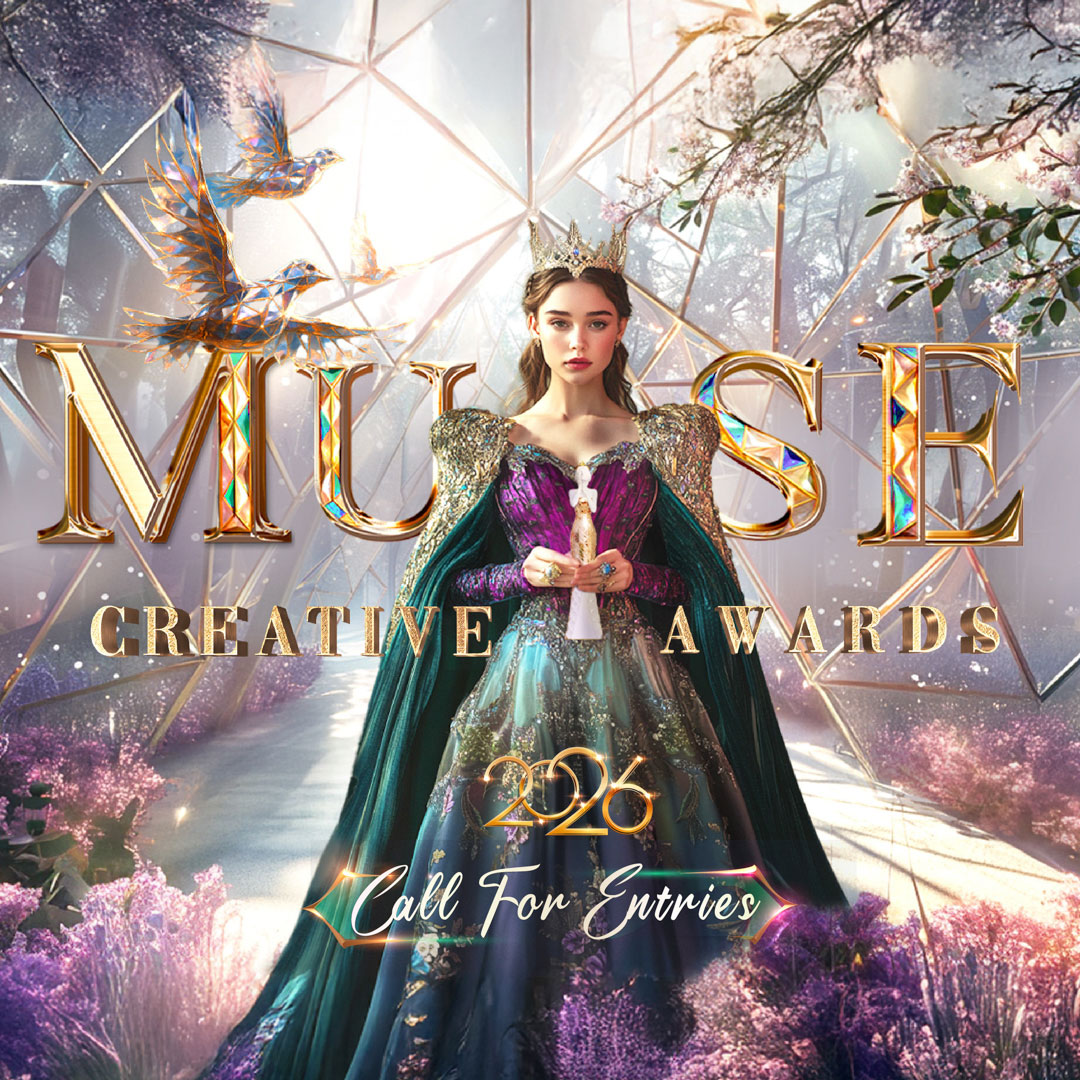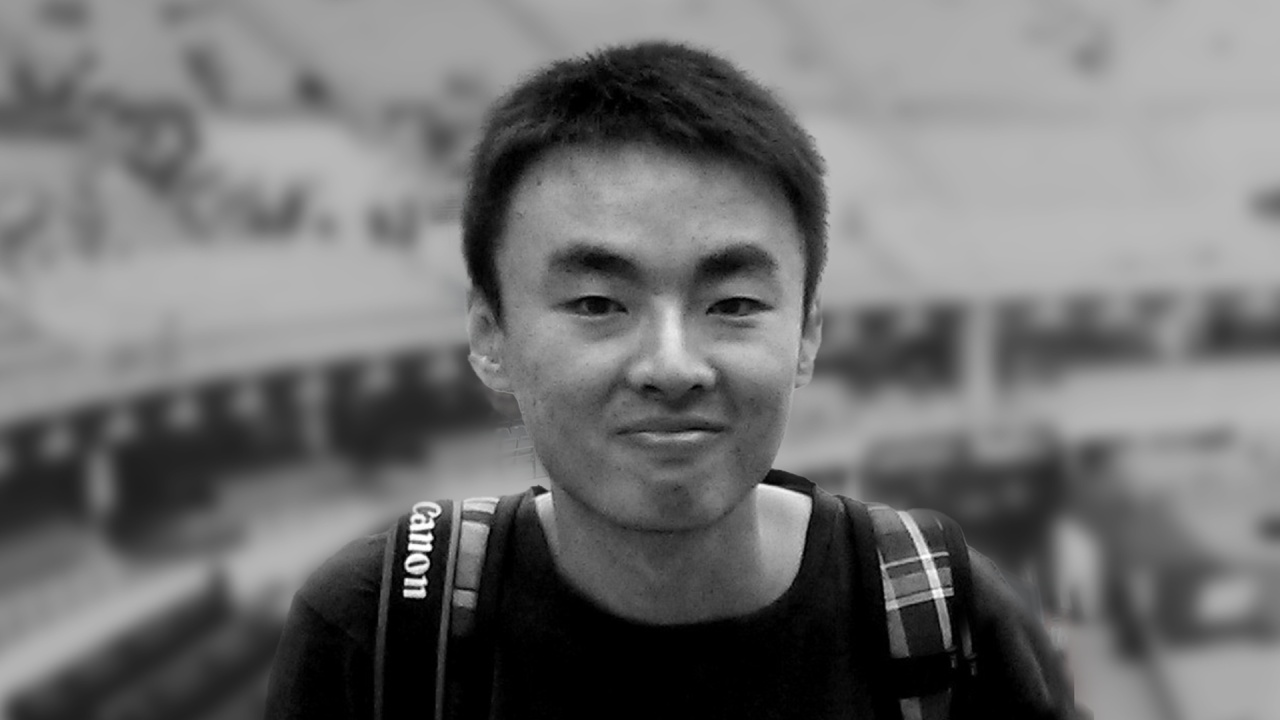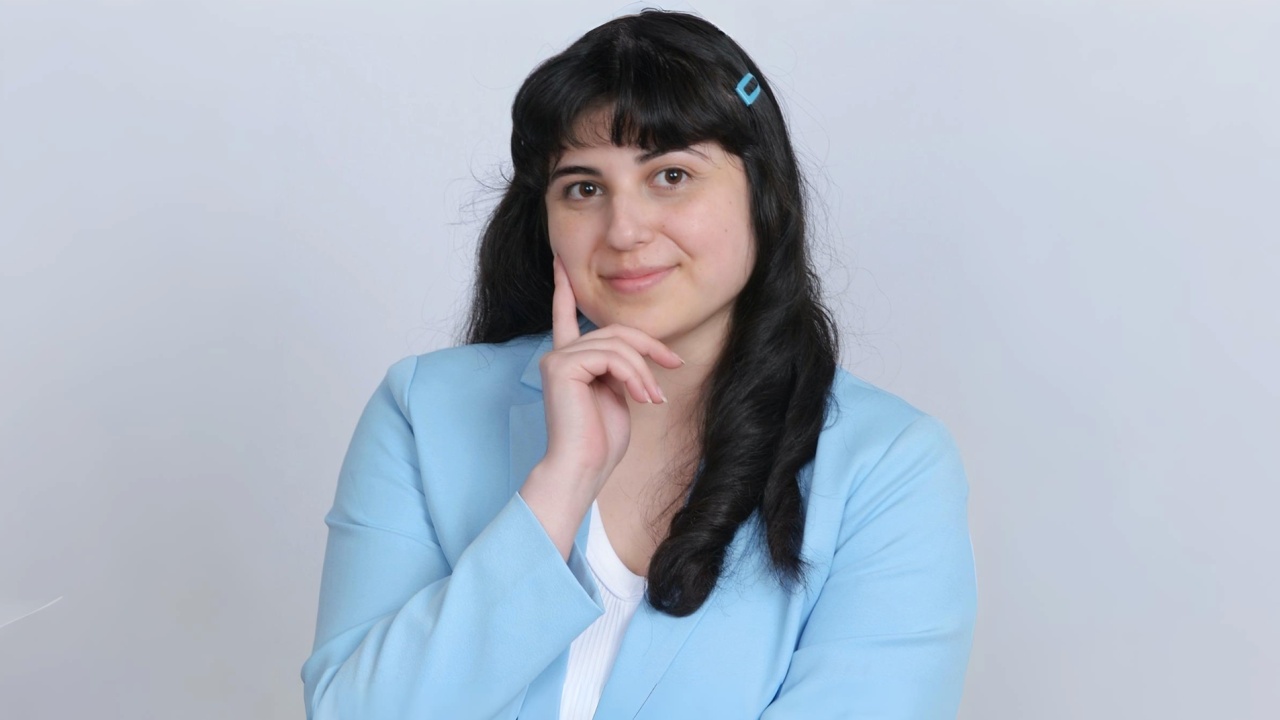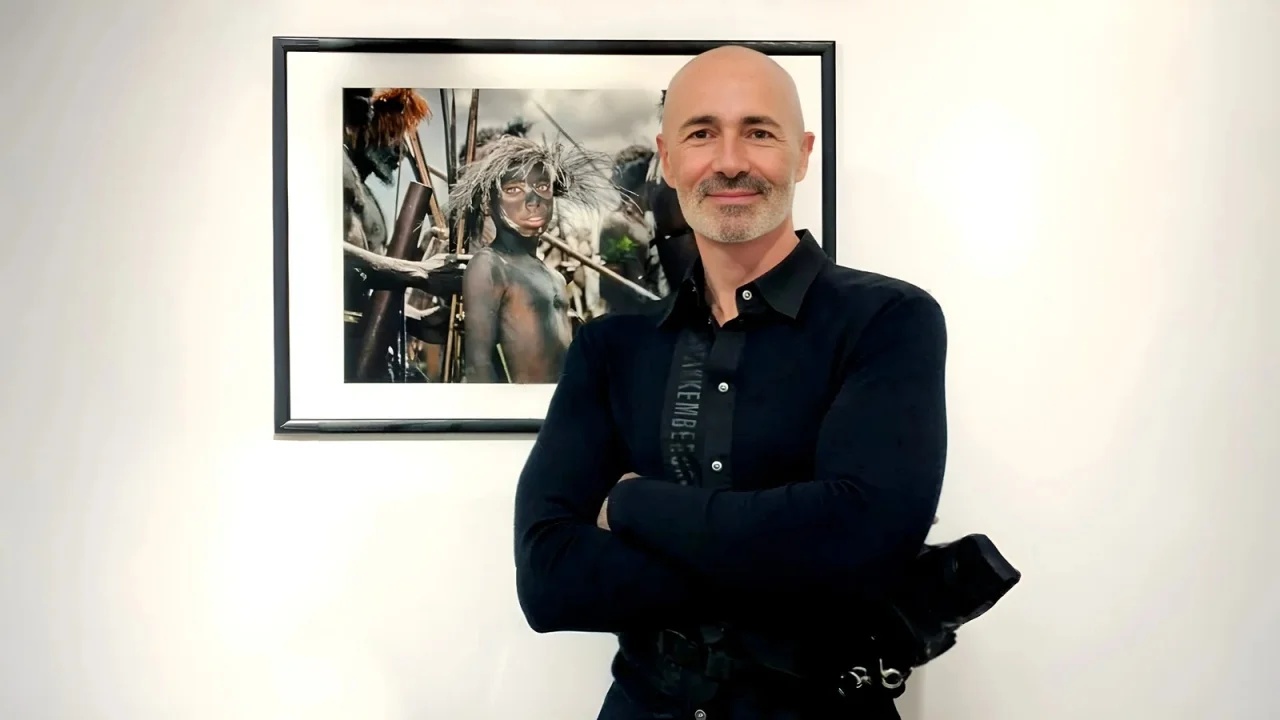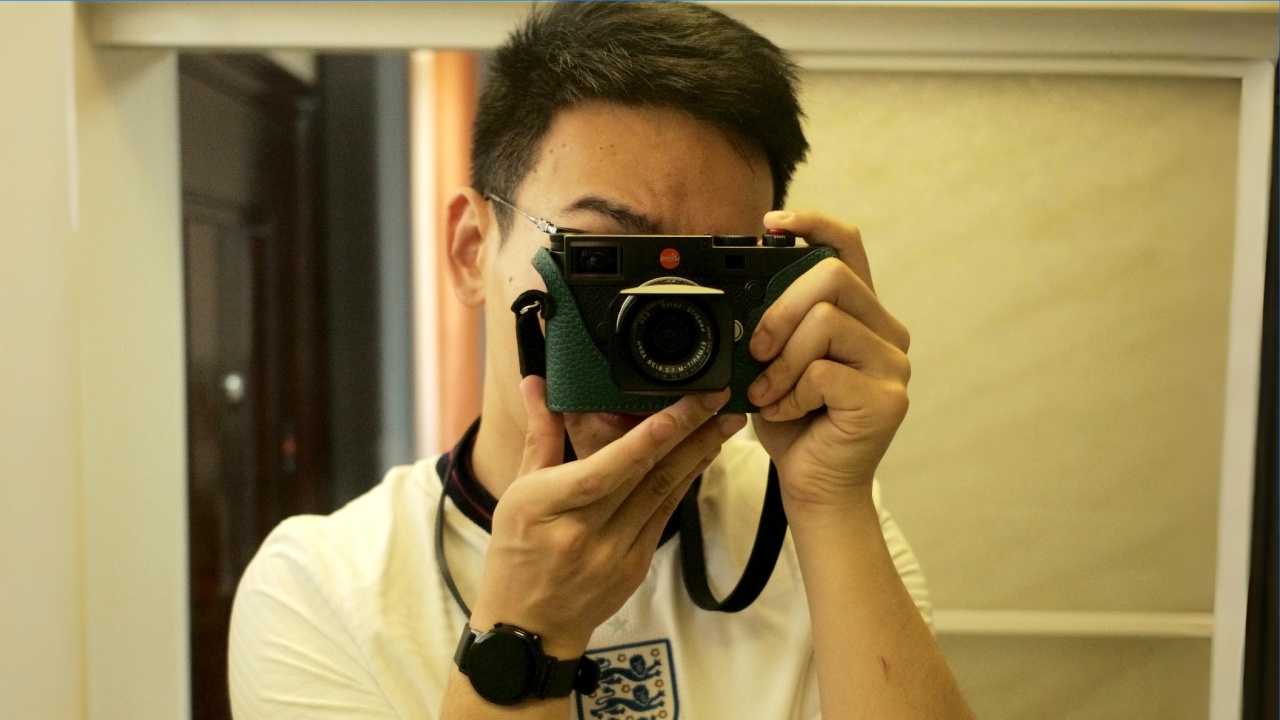Architecture’s Power — Kejie Wang on River Respirator and The Mountain
Kejie Wang
Kejie Wang is a licensed architect, urban designer, and technology enthusiast who sees architecture as a bridge between creativity and impact. Fascinated from a young age by design’s power to solve problems and spark emotions, he pursues innovative work that connects people, nature, and technology.
My name is Kejie, and I am a licensed architect, urban designer, and technology enthusiast. I was inspired to pursue design because I see architecture as a bridge between creativity and impact—shaping spaces that connect people, nature, and technology.
From a young age, I was fascinated by how design can both solve problems and spark emotions, and that curiosity has grown into a lifelong pursuit of meaningful and innovative design.
Being recognized by the MUSE Design Awards is both an honor and a responsibility. It affirms the value of pushing boundaries and exploring new ways of thinking in design, while also reminding me that our work has the power to inspire communities and future generations. This recognition motivates me to keep experimenting and contributing to the global conversation on design excellence.
This award has elevated the visibility of my work, opening doors to more ambitious conversations with clients and collaborators. It has encouraged me to keep raising the bar and to share my experiences with colleagues as we continue to grow together.
Experimentation is at the core of my design process—it allows me to test boundaries, learn through iteration, and uncover unexpected solutions. For example, in a recent project, I combined emerging technologies such as AI and parametric modeling with hand sketching to explore multiple massing strategies.
That process not only generated more refined outcomes but also revealed new possibilities that enriched the final design. To me, experimentation is where innovation truly begins.
One of my most unusual sources of inspiration came from studying how rivers carve through landscapes. The natural patterns of erosion and layering informed a design approach that emphasized flow, continuity, and resilience. What might seem like a purely natural phenomenon instead became a guide for architectural form, circulation, and spatial experience.
I wish more people understood that design is not just about producing beautiful outcomes, but about navigating complexity and iteration. Behind every polished concept are countless sketches, models, and tests—moments of trial and error that lead to clarity. The process is as much about discovery as it is about decision-making.
I approach this balance as a dialogue rather than a compromise. Listening closely to a client’s vision allows me to understand their priorities, while my role as a designer is to expand those possibilities and introduce perspectives they may not have considered.
By framing creative ideas in terms of how they strengthen the client’s goals, I can remain true to my design values while building trust and alignment.
One of the main challenges was aligning ambitious design aspirations with real-world constraints such as budget and constructability. Instead of treating these as limitations, I approached them as opportunities to be more inventive—exploring adaptable materials, alternative detailing, and digital tools to streamline the process.
This mindset transformed obstacles into drivers of innovation, ultimately strengthening the final design.
When I hit a creative block, I step away from the screen and immerse myself in other forms of art and music. Playing piano or guitar often helps me reset my mind, and sometimes the rhythm of music sparks new spatial ideas. I also find that simply walking through a city or natural landscape can shift my perspective and reignite creativity.
I infuse a deep respect for both innovation and human connection into my work. My training in urban design taught me to think at the scale of communities, while my passion for technology drives me to push the boundaries of what’s possible. Together, these values guide me in designing spaces that are both forward-looking and rooted in meaningful human experience.
Stay curious and fearless in experimentation. Don’t be afraid of failure—every sketch, model, or prototype, even those that don’t work, brings you closer to clarity. Success in design comes from persistence, openness to learning, and the ability to view constraints not as limits but as opportunities.
I would love to collaborate with Renzo Piano. His work demonstrates how structure, light, and material can be orchestrated into designs that feel both poetic and timeless. Collaborating with him would be an opportunity to learn how elegance and innovation can coexist so seamlessly in architecture.
I wish more people would ask me: “What feeling do you hope people carry with them after experiencing your work?”
My answer is that beyond form, material, or technology, I hope my designs leave people with a sense of wonder and connection. Whether it’s to nature, to their community, or to themselves, that emotional resonance is what makes design meaningful and lasting.
Winning Entries
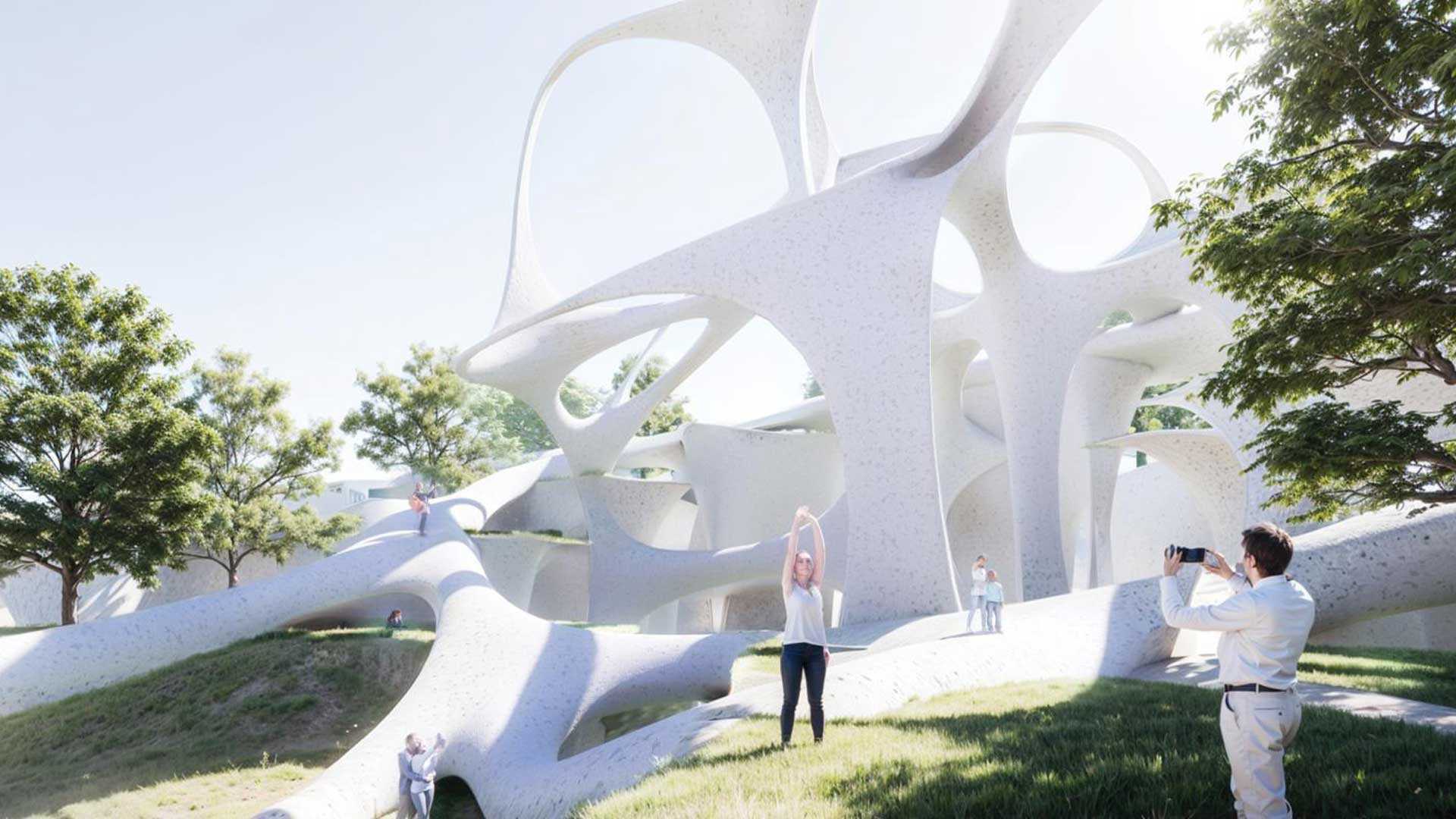
The Mountain
ADVERTISEMENT
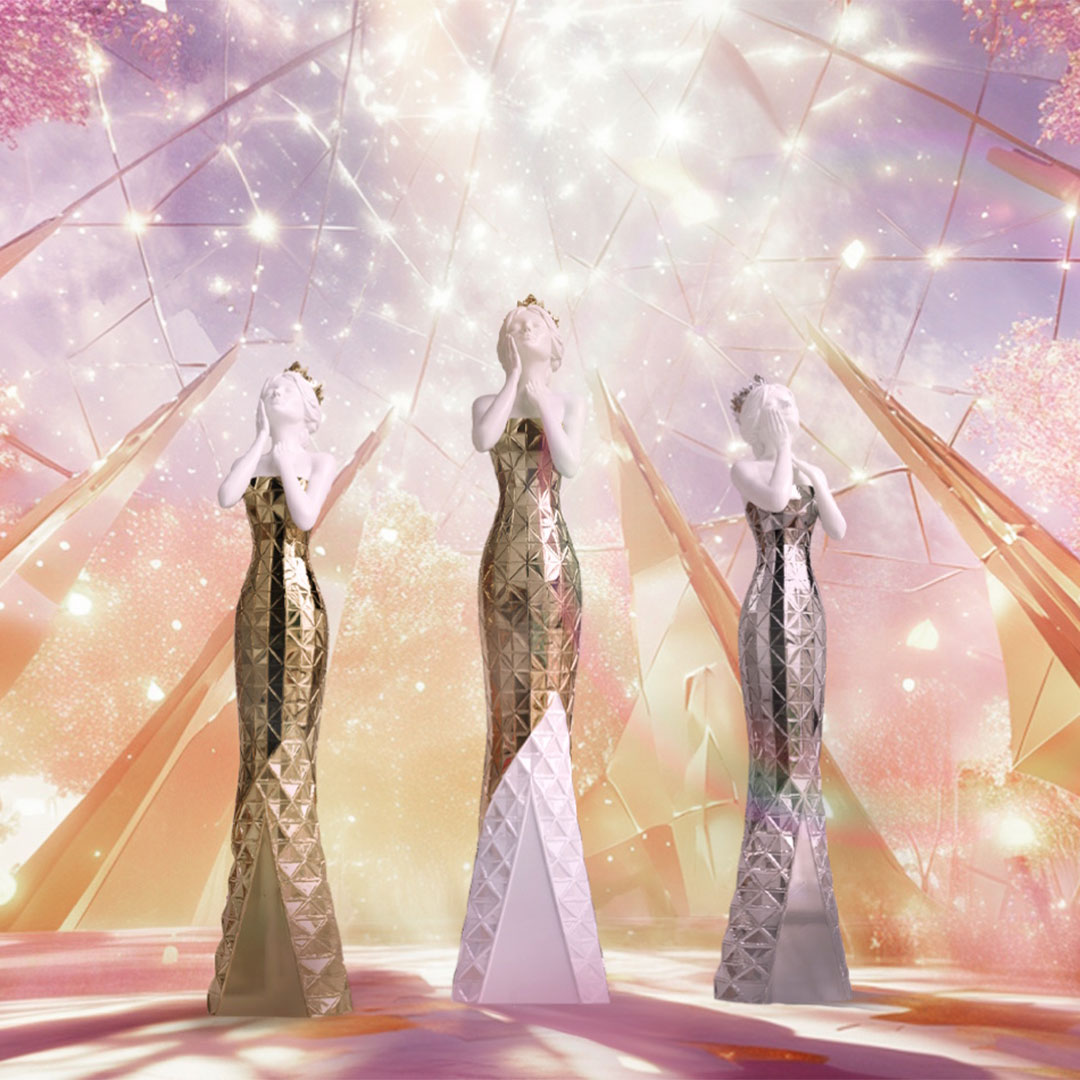
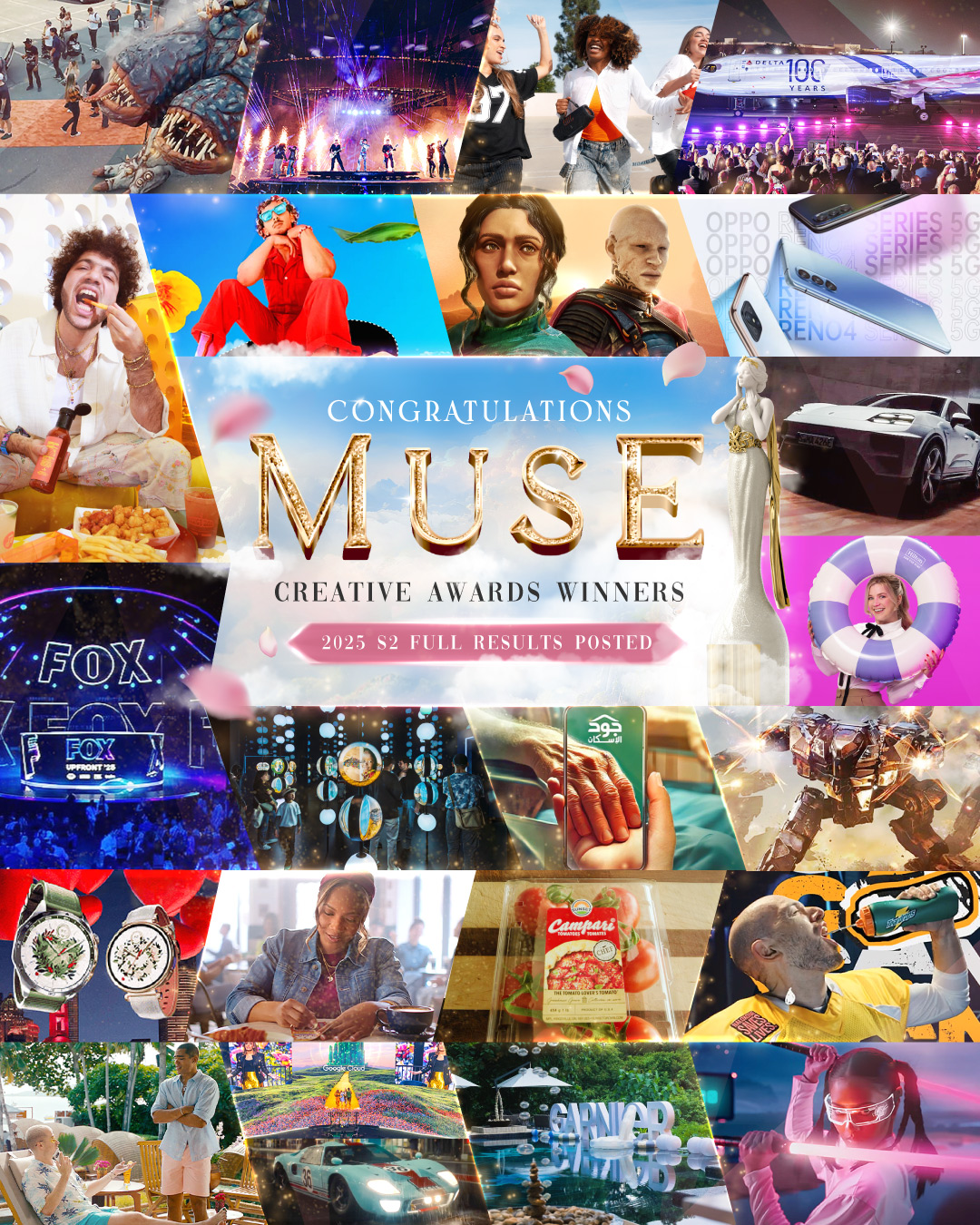
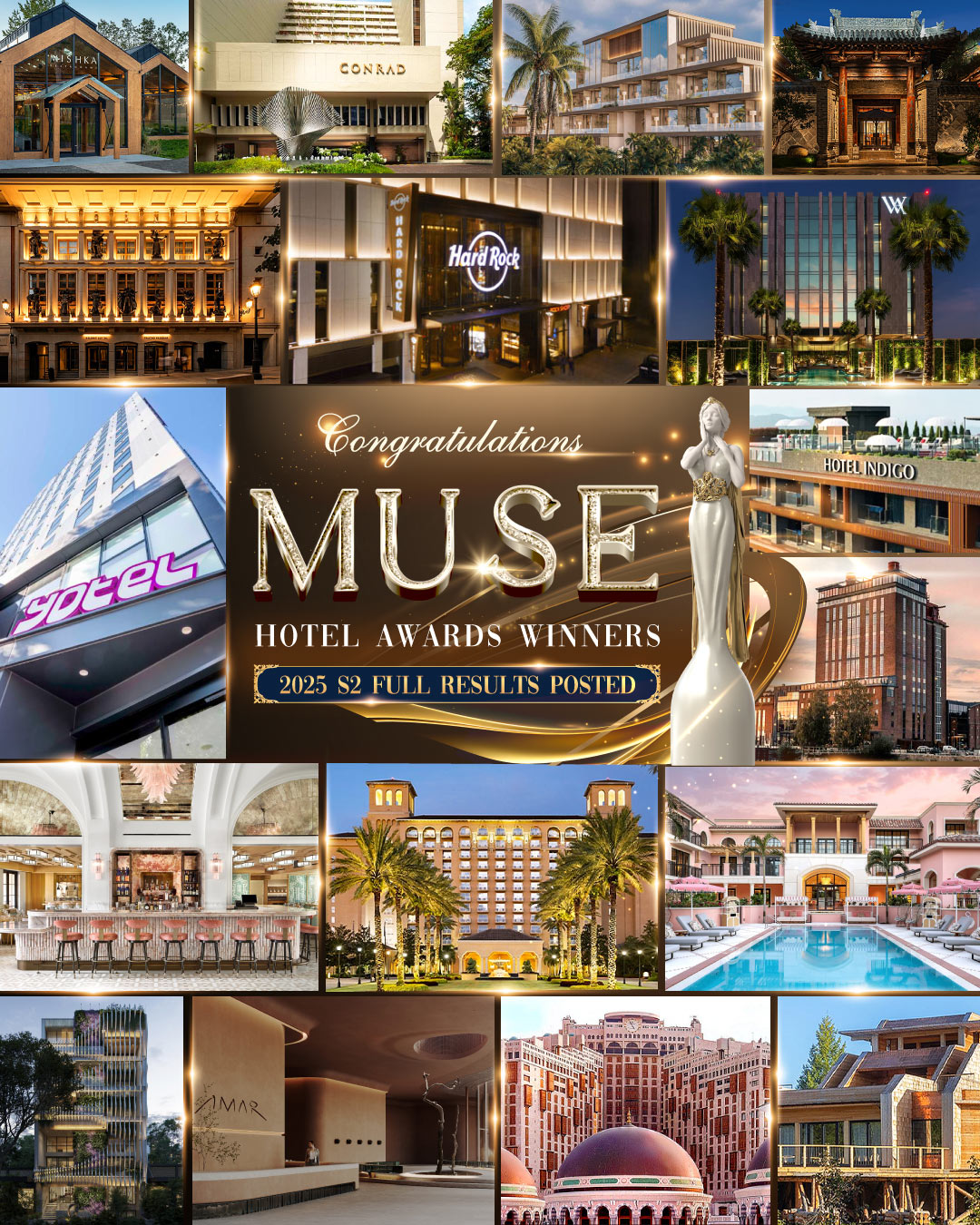
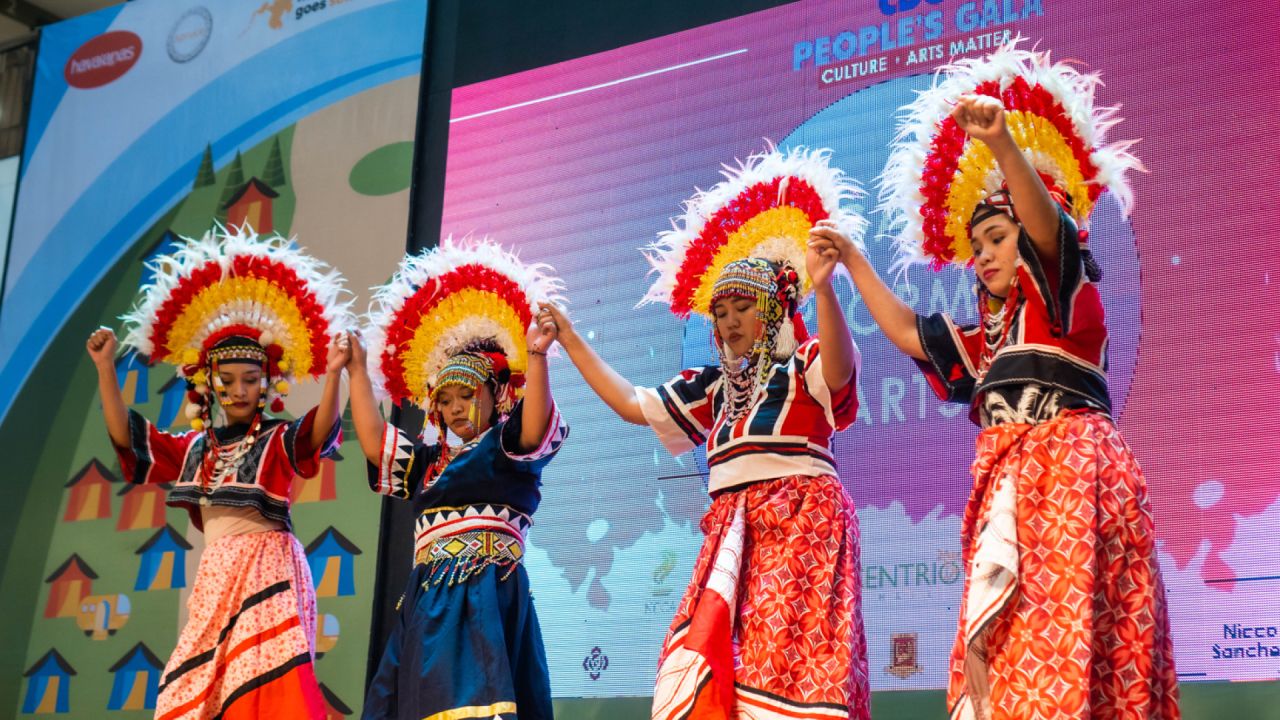
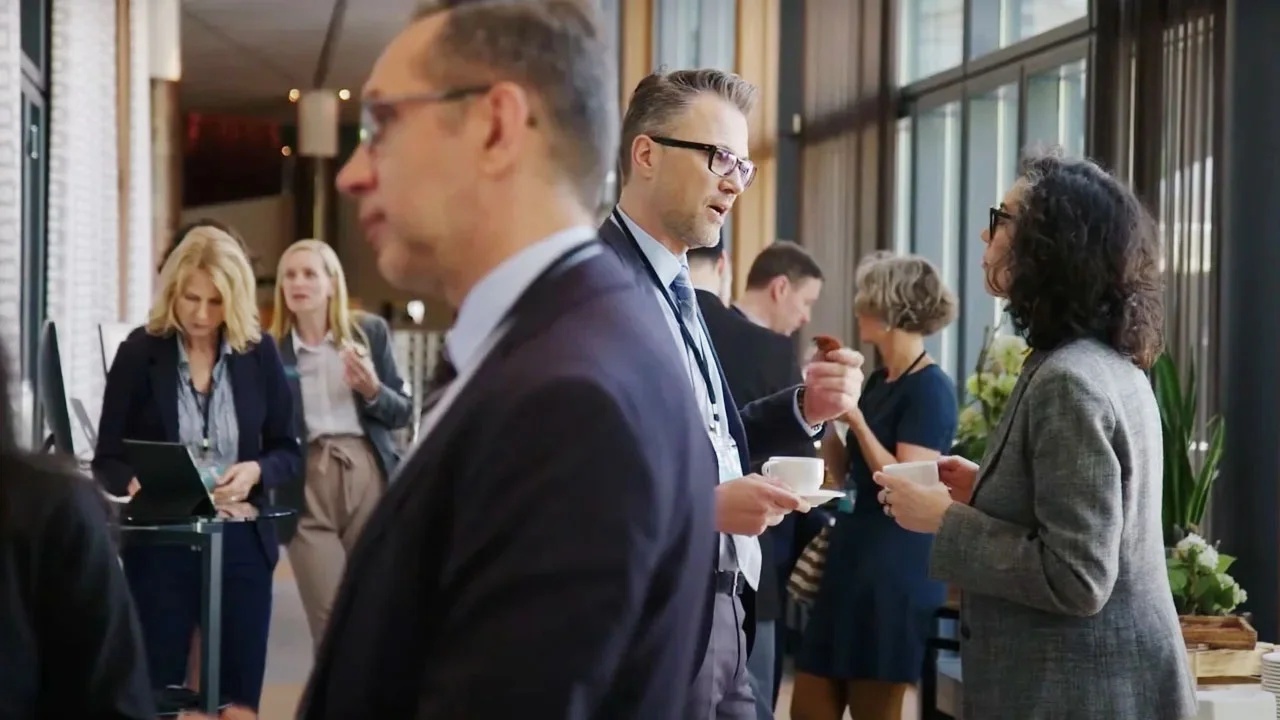
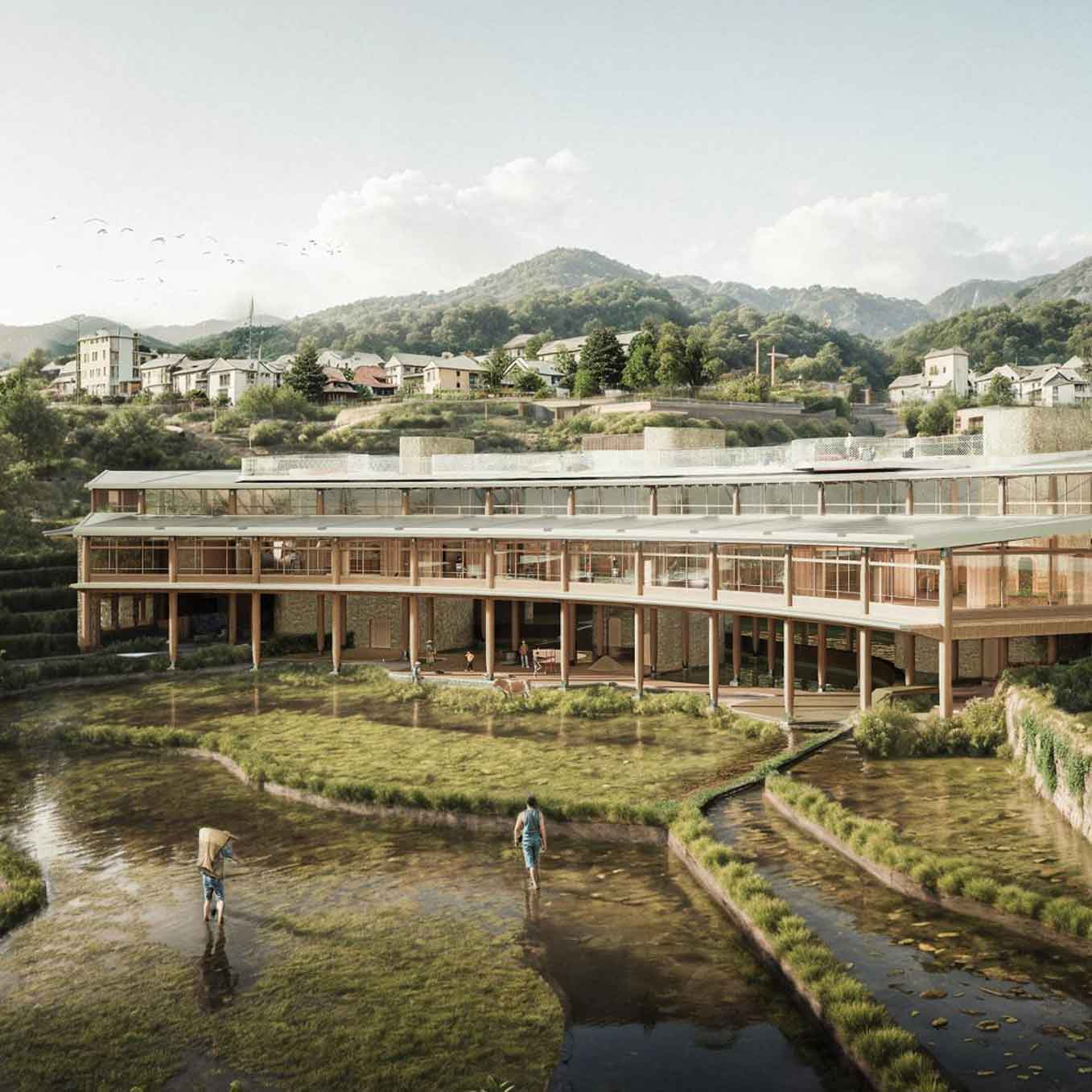
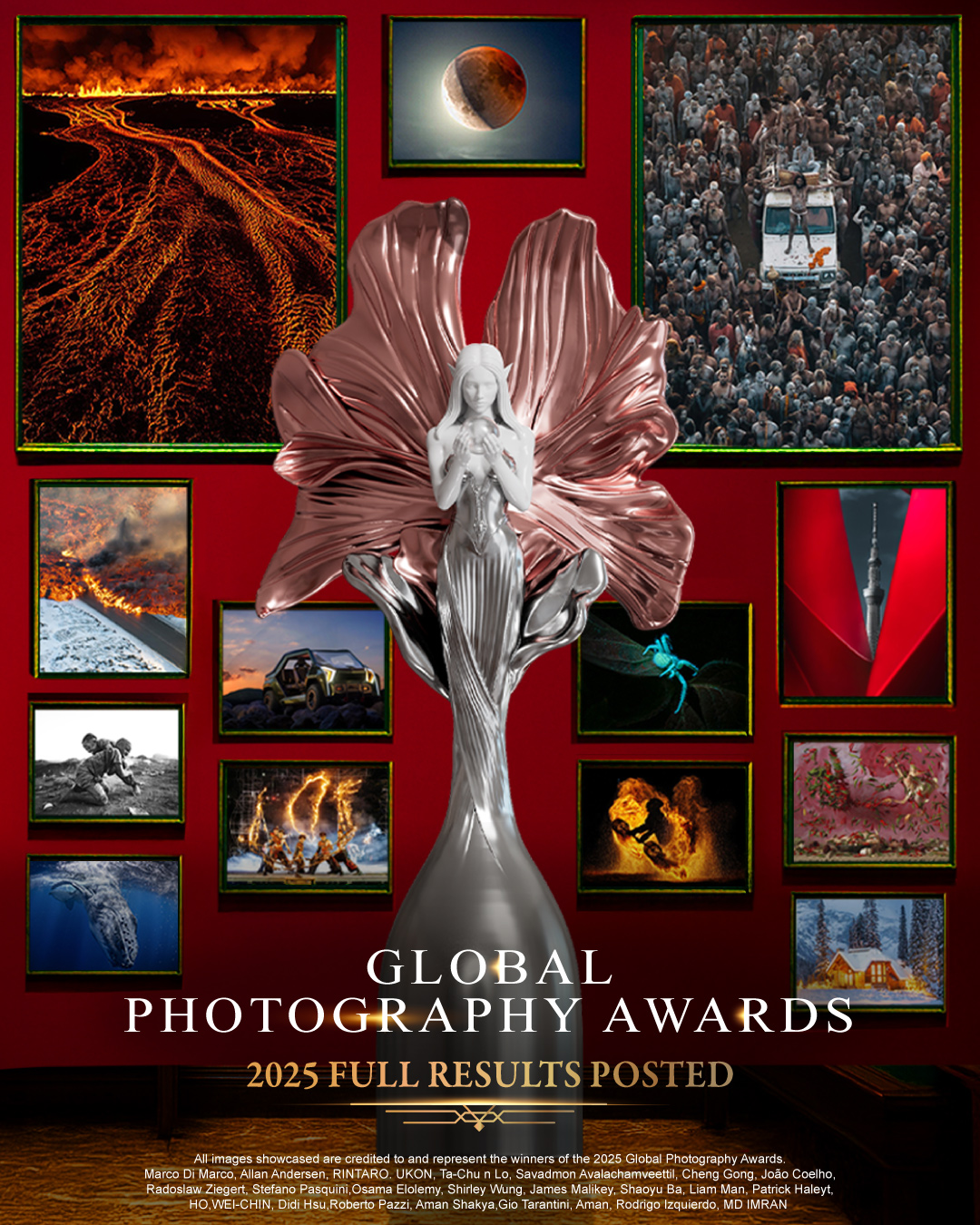
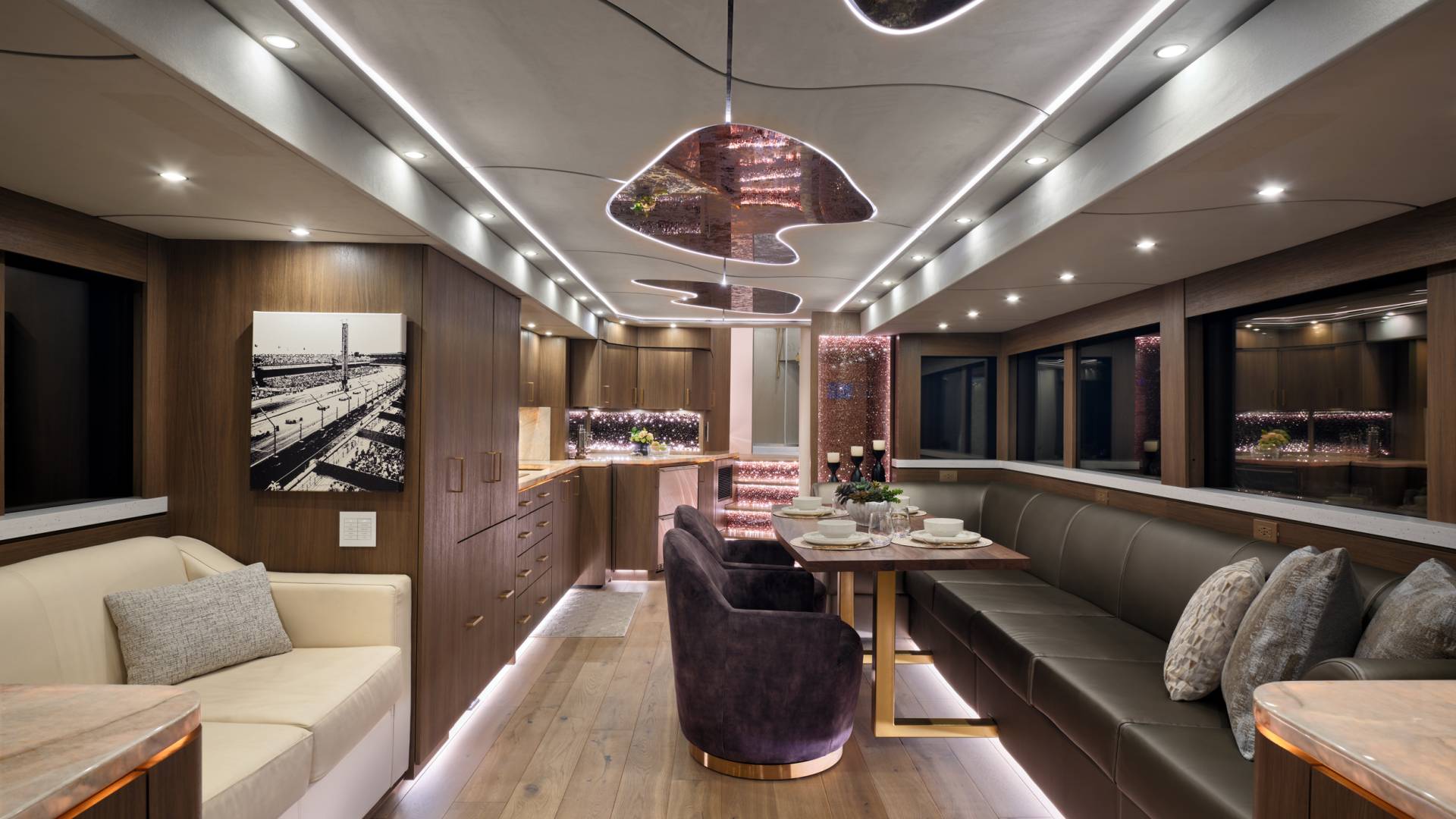
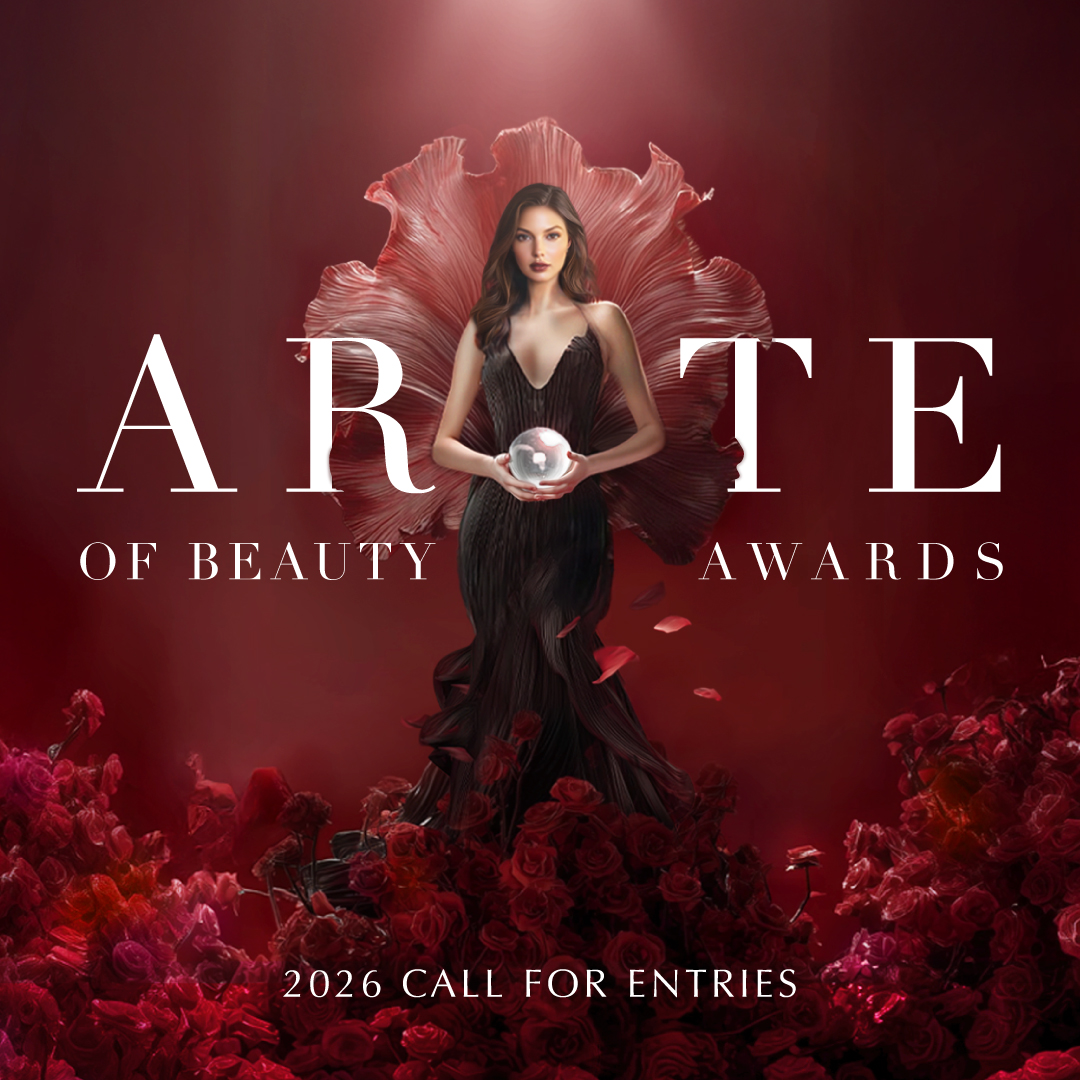
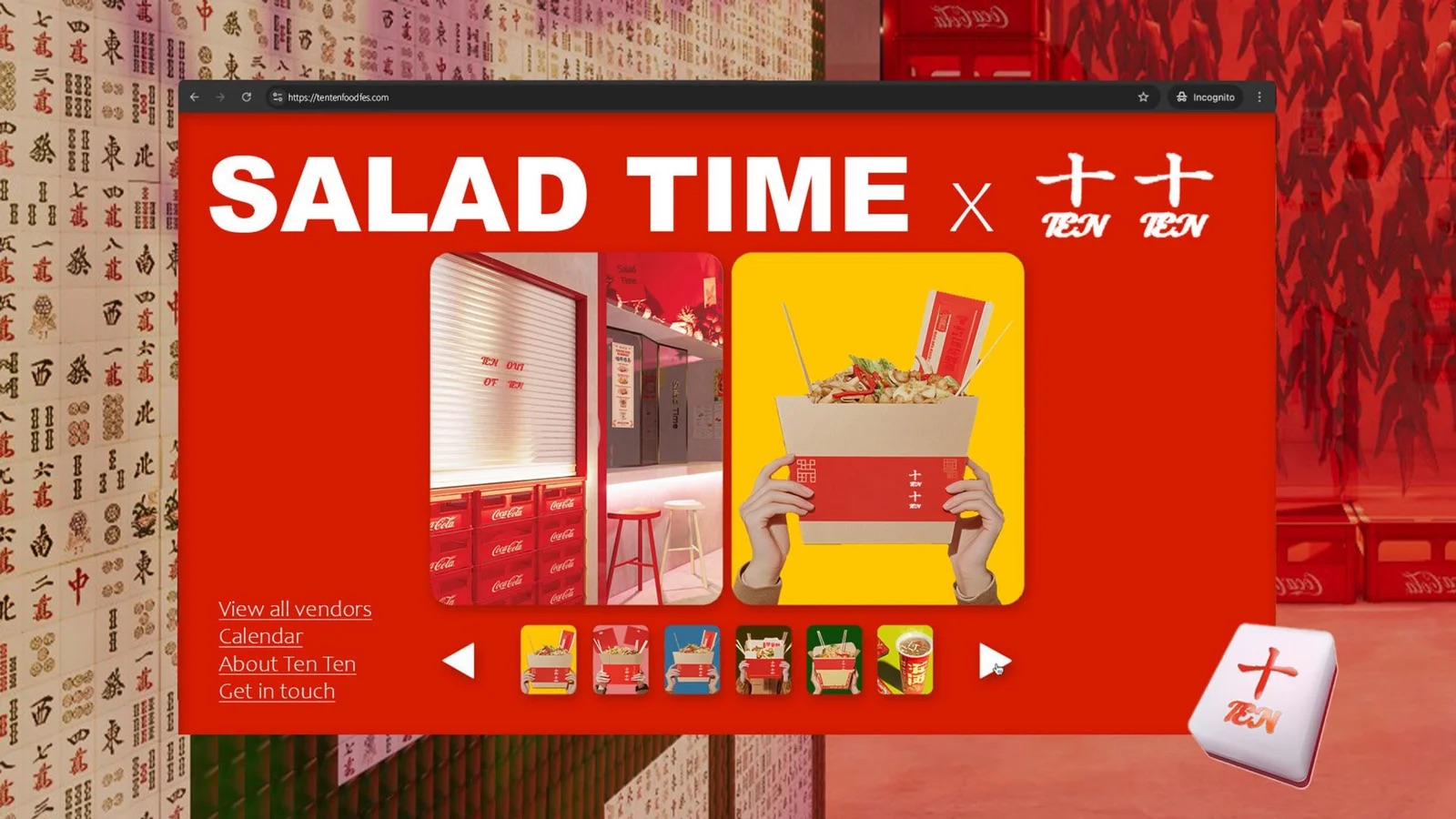
IAA GLOBAL AWARDS
MUSE Awards
Vega Awards
NYX Awards
TITAN Awards
- TITAN Business Awards
- TITAN American Business Awards
- TITAN Property Awards
- TITAN Women In Business Awards
- TITAN Health Awards
- TITAN Innovation Awards
- TITAN Brand Awards
NY Awards
- NY Product Design Awards
- NY Architectural Design Awards
- New York Photography Awards
- NY Digital Awards
LIT Awards
Noble Awards
Arte Collection
- Arte of Beauty Awards
- European Photography Awards
- iLuxury Awards
- French Design Awards
- French Fashion Awards
- Global Photography Awards
- Rome Design Awards
